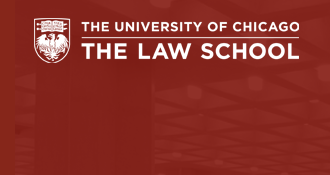
Coase-Sandor Working Paper Series in Law and Economics
Publication Date
2002
Publication Title
Law & Economics Working Papers
Abstract
Encryption propertizes copyright. Prior to the rise of encryption, intellectual property wasn’t really property. Instead, these rights consisted of rights to sue to block use or seek damages for after-the-fact use. Encryption makes possible before-the-fact limits on use of the sort that we associate with physical property. Copyrighted works are becoming real property in a way that will never happen for trademarks or patents. This essay traces the role of consent and refusal for copyrighted works in the context of mass media entertainment. Early phonograph and movie projector manufacturers sought to limit the use of the equipment to specified music or films, almost certainly in an effort at price discrimination. With the rise of radio, we see similar use restrictions imposed by the record companies, but these restrictions should be seen first as a form of raising rival’s costs. The fight over home-taping use of the VCR should be seen in consent terms as well, where entry was clearly facilitated by the absence of any requirement of advance consent from copyright holders. Now with the current dispute over a possible broadcast flag for digital TV, we may complete the path started by Edison and his contemporaries. In considering the extent to which we should embrace full propertization of copyrighted works through encryption, we should expect transaction forms to vary with transaction costs and technological possibilities and should not somehow privilege a narrow set of institutional arrangements that arose under different constraints.
Number
159
Recommended Citation
Randal C. Picker, "From Edison to the Broadcast Flag: Mechanisms of Consent and Refusal and the Propertization of Copyright" (John M. Olin Program in Law and Economics Working Paper No. 159, 2002).


Additional Information
Chicago Unbound includes both works in progress and final versions of articles. Please be aware that a more recent version of this article may be available on Chicago Unbound, SSRN or elsewhere.